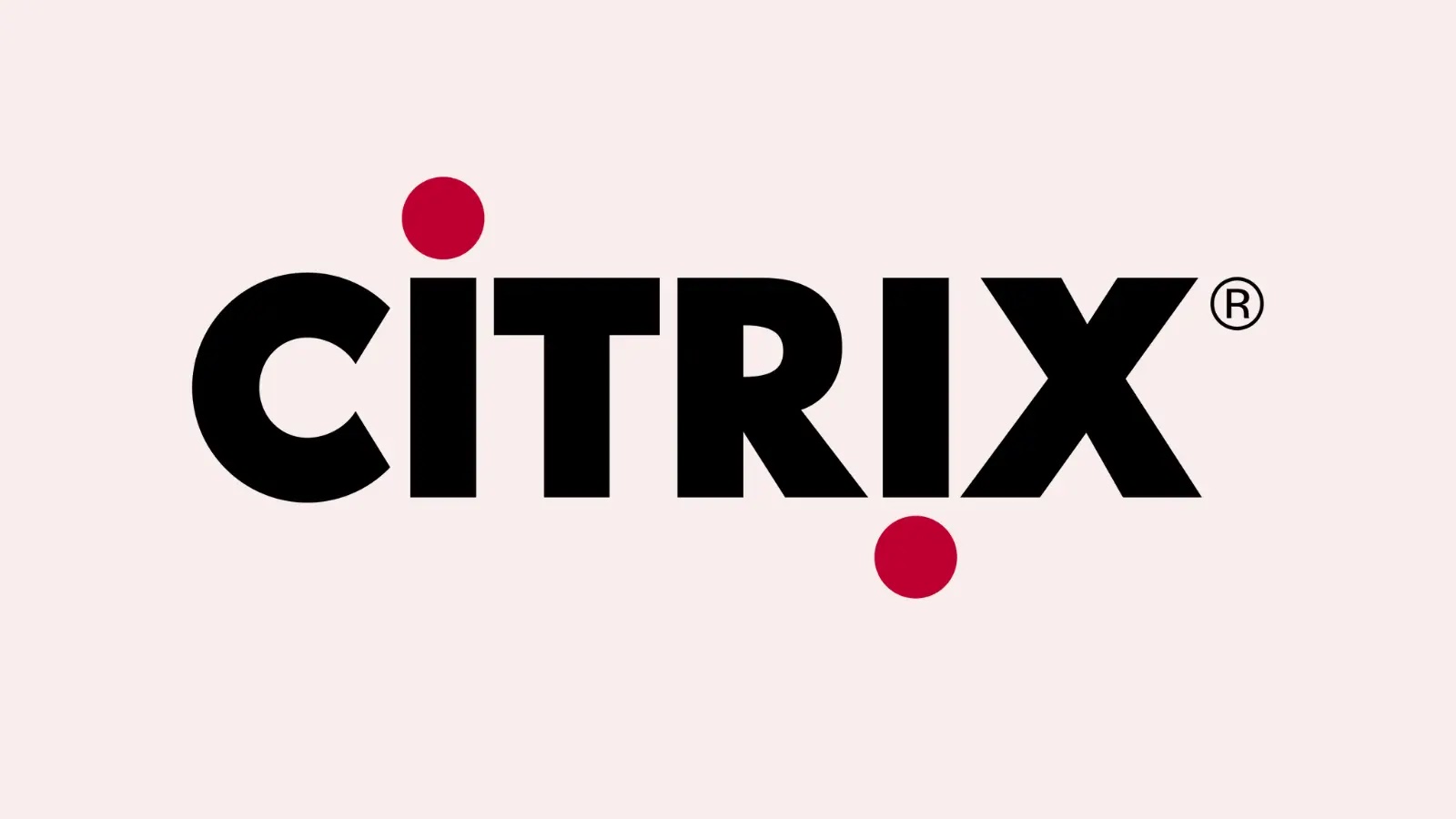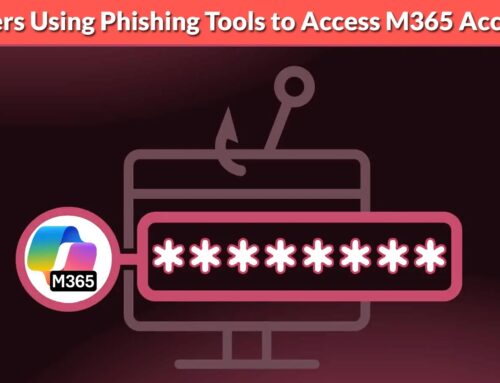
Critical Citrix 0-Day Vulnerability Exploited Since May, Leaving Global Entities Exposed
Unmasking the Critical Citrix 0-Day: A Global Security Crisis Unfolding
The digital perimeter of countless organizations worldwide is under a severe and ongoing threat, stemming from a previously undisclosed vulnerability in critical network infrastructure. A zero-day flaw, identified as CVE-2025-6543, affecting Citrix NetScaler (now Citrix ADC) and NetScaler Gateway products, has been actively exploited by sophisticated threat actors since at least May 2025. This concerning timeline reveals a significant window of exploitation, occurring months before any patch was made available, leaving global entities exposed to potentially catastrophic breaches.
Initially downplayed by Citrix, the true severity of this vulnerability has now come to light. What was once described as a “memory overflow vulnerability leading to unintended control flow and Denial of Service” is, in reality, a far more insidious threat. Esteemed cybersecurity analysts are now recognizing the profound implications of this exploit, which has been leveraged to gain unauthorized access and potentially compromise sensitive data and critical systems.
The Anatomy of CVE-2025-6543: Beyond Denial of Service
The deceptive simplicity of Citrix’s initial assessment of CVE-2025-6543 belied its true destructive potential. While a denial-of-service (DoS) attack can cripple operations, the malicious exploitation of this zero-day extends far beyond mere service disruption. Threat actors have successfully exploited this flaw to achieve objectives that likely include:
- Remote Code Execution (RCE): Gaining the ability to execute arbitrary code on the affected NetScaler instances, providing a direct pathway into an organization’s network.
- Data Exfiltration: Stealing sensitive information traversing or stored within the compromised infrastructure.
- Lateral Movement: Using the compromised NetScaler device as a beachhead to move deeper into the internal network, compromising other systems and expanding their foothold.
- Persistent Access: Establishing backdoors and other persistent access mechanisms to ensure continued control even after initial detection or mitigation attempts.
The fact that this vulnerability was exploited for months before public disclosure or the release of a patch highlights significant challenges in the lifecycle of software security and the inherent risks of zero-day exploits. Organizations relying on these critical Citrix products were, unknowingly, defending against an unseen adversary.
Impact and Scope: Who is Affected?
Citrix NetScaler (Citrix ADC) and NetScaler Gateway products are widely adopted by organizations across industries for their robust application delivery, load balancing, and secure remote access capabilities. This broad deployment means the potential impact of CVE-2025-6543 is substantial and far-reaching. Entities of all sizes, from large enterprises to critical infrastructure providers, are potentially at risk if they operate vulnerable versions of these products.
The consequences of a successful exploit are severe:
- Business Disruption: Loss of access to critical applications and services due to compromised infrastructure.
- Financial Losses: Costs associated with incident response, forensic analysis, regulatory fines, and reputational damage.
- Data Breaches: Exposure of sensitive customer data, intellectual property, and internal records, leading to privacy violations and loss of trust.
- Operational Compromise: Complete takeover of critical network components, potentially allowing attackers to manipulate network traffic, redirect users, or deploy ransomware.
Remediation Actions: Securing Your Defenses
Given the active exploitation of CVE-2025-6543, immediate and decisive action is paramount for organizations utilizing Citrix NetScaler and NetScaler Gateway products. Proactive measures are the only way to mitigate the risk and protect your infrastructure:
- Apply Patches Immediately: As soon as official patches are released by Citrix, prioritize their deployment across all affected NetScaler instances. Verify patch application for success.
- Conduct Thorough Forensics: Assume compromise if your systems were exposed during the exploitation window (May 2025 onwards). Initiate immediate forensic analysis to identify any signs of compromise, including suspicious processes, network connections, or unauthorized file modifications.
- Inspect Logs Rigorously: Review NetScaler logs, firewall logs, and security information and event management (SIEM) data for any anomalous activity, especially during the identified exploitation period. Look for unusual login attempts, unexpected command executions, or data egress.
- Isolate and Rebuild Compromised Systems: If compromise is confirmed, isolate affected systems from the network, and consider rebuilding them from trusted backups or images. Change all associated credentials.
- Enhance Network Segmentation: Implement or strengthen network segmentation to limit the lateral movement of attackers if one component is compromised.
- Enforce Strong Authentication: Ensure multi-factor authentication (MFA) is enabled for all administrative interfaces and remote access points connected to NetScaler devices.
- Regularly Back Up Critical Configurations: Maintain frequent and secure backups of your NetScaler configurations to expedite recovery in case of compromise.
- Review and Update Security Policies: Conduct a comprehensive review of your security policies and incident response plan to ensure they are equipped to handle zero-day vulnerabilities.
Relevant Tools for Detection and Mitigation
Leveraging appropriate tools is crucial for identifying potential compromises and strengthening your security posture against vulnerabilities like CVE-2025-6543.
| Tool Name | Purpose | Link |
|---|---|---|
| Network Intrusion Detection/Prevention Systems (NIDS/NIPS) | Detecting and blocking suspicious network traffic patterns associated with known exploits. | Snort / Suricata (example open-source) |
| Endpoint Detection and Response (EDR) Solutions | Monitoring and analyzing endpoint activity for signs of compromise, malicious processes, or unauthorized access. | (Vendor-specific, e.g., CrowdStrike, SentinelOne) |
| Security Information and Event Management (SIEM) | Centralized collection and analysis of security logs from various sources to identify anomalies and indicators of compromise. | (Vendor-specific, e.g., Splunk, IBM QRadar) |
| Vulnerability Scanners | Identifying known vulnerabilities within your network infrastructure, although zero-days require specific detection methods. | Nessus / Nexpose (example commercial) |
| Packet Analyzers | Deep inspection of network traffic for suspicious payloads or communication patterns. | Wireshark |
Looking Ahead: The Zero-Day Challenge
The exploitation of CVE-2025-6543 serves as a stark reminder of the persistent and evolving threat posed by zero-day vulnerabilities. Organizations must recognize that even seemingly robust and widely-used products can harbor critical flaws that are actively exploited before a patch is available. This incident underscores the importance of a multi-layered security strategy that goes beyond simply patching and includes robust threat intelligence, continuous monitoring, proactive incident response planning, and a strong security culture.
Staying informed about emerging threats and acting swiftly on advisories from vendors and cybersecurity agencies is non-negotiable in today’s threat landscape. The Citrix NetScaler zero-day highlights the critical need for vigilance and resilience against sophisticated, pre-patch attacks that can bypass conventional defenses.





